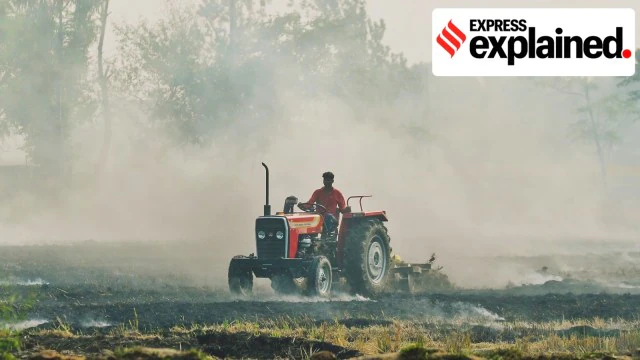Free Courses Sale ends Soon, Get It Now


Free Courses Sale ends Soon, Get It Now



Copyright infringement not intended
Picture Courtesy: Indian Express
Context: A new rice variety to replace Pusa-44 is proposed to mitigate the issue of crop residue burning and address the environmental challenges associated with the cultivation and harvest of Pusa-44.
Details
Development of Pusa-2090
Characteristics of Pusa-44
Birth of Pusa-2090
Conclusion
Must Read Articles:
Pusa-44 Paddy Variety: https://www.iasgyan.in/daily-current-affairs/pusa-44-paddy-variety
|
PRACTICE QUESTION Q. How have recent advancements in technology and sustainable farming practices impacted the agricultural landscape in India, and what challenges and opportunities do farmers face in adopting these innovations for improved productivity and environmental conservation? |
© 2024 iasgyan. All right reserved